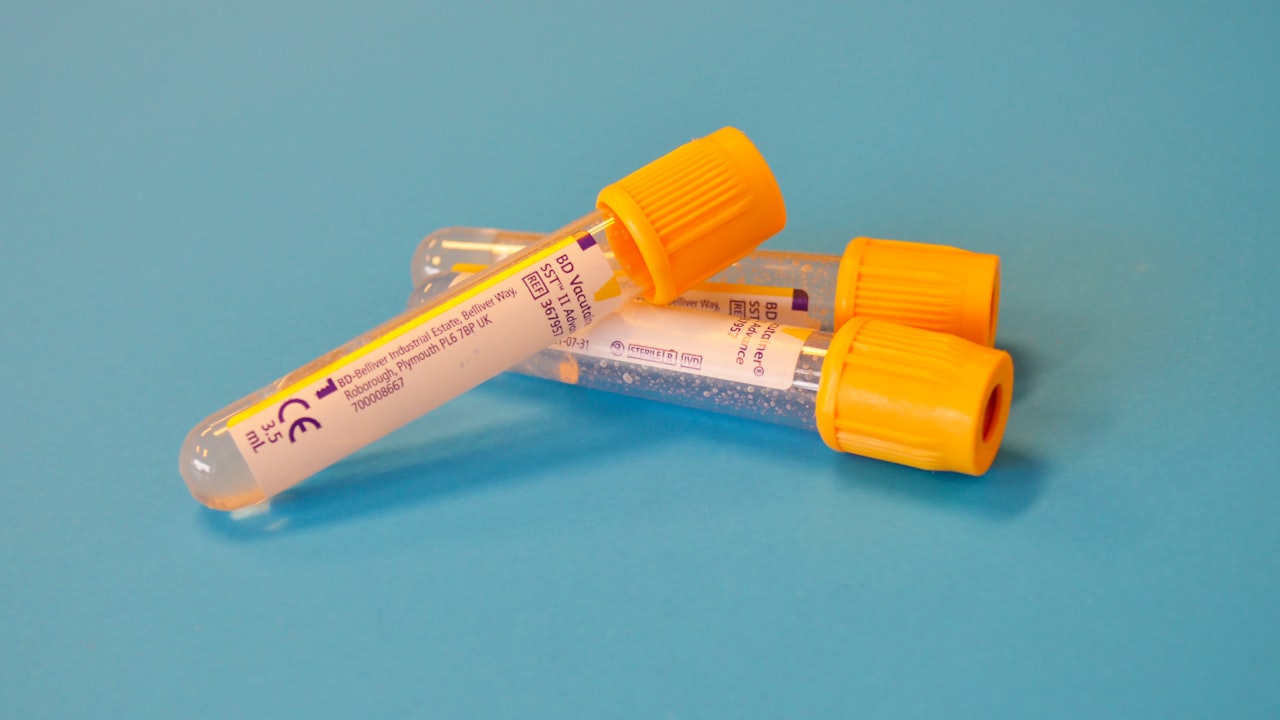 Title: Designing Precision Injection Molds: Key Factors for Success
Title: Designing Precision Injection Molds: Key Factors for Success
Injection molding is a widely used manufacturing process in which molten material is injected into a mold cavity, where it cools and solidifies to form a specific shape. The quality and precision of the injection mold play a crucial role in determining the final product’s quality, consistency, and durability. In this article, we will explore the key factors to consider when designing precision injection molds for optimal results.
Choosing the right injection mold factory or supplier is the first step in ensuring the success of your injection molding project. A reputable and experienced mold supplier will have the expertise, resources, and technology to design and manufacture high-quality molds that meet your specific requirements. When selecting a supplier, consider factors such as their technical capabilities, industry experience, quality control measures, and track record of delivering on time and within budget.
The design of the injection mold is a critical aspect that directly impacts the quality and performance of the final product. Factors such as mold material, cooling system, parting line, gate design, and venting must be carefully considered to ensure optimal mold filling, part ejection, and surface finish. The use of advanced technologies such as computer-aided design (CAD) and computer-aided manufacturing (CAM) can help optimize the mold design process and ensure accuracy and consistency in the final product.
Precision is paramount when it comes to injection molding, especially for applications that require tight tolerances and complex geometries. The mold design must account for factors such as shrinkage, warpage, and dimensional stability to ensure that the finished parts meet the required specifications. Iterative testing and validation processes, such as mold flow analysis and prototyping, can help identify and address potential issues early in the design phase, minimizing costly errors and rework later on.
In conclusion, designing precision injection molds requires a combination of technical expertise, attention to detail, and collaboration between mold designers, engineers, and manufacturers. By focusing on key factors such as supplier selection, mold design optimization, and precision molding techniques, you can achieve superior results and maximize the efficiency and effectiveness of your injection molding project.

 Title: “Revolutionizing Manufacturing: The Importance of Injection Molding Tooling”
Title: “Revolutionizing Manufacturing: The Importance of Injection Molding Tooling” Title: Design Principles and Manufacturing Process of Injection Molds
Title: Design Principles and Manufacturing Process of Injection Molds Title: “The Importance of Injection Molds in the Manufacturing Process”
Title: “The Importance of Injection Molds in the Manufacturing Process” Title: “Innovations in Injection Molding Tooling: A Game Changer in Manufacturing”
Title: “Innovations in Injection Molding Tooling: A Game Changer in Manufacturing” Title: Designing Precision Injection Molds: A Comprehensive Guide
Title: Designing Precision Injection Molds: A Comprehensive Guide Title: “Advancements in Injection Molding Tooling: A Comprehensive Overview”
Title: “Advancements in Injection Molding Tooling: A Comprehensive Overview”